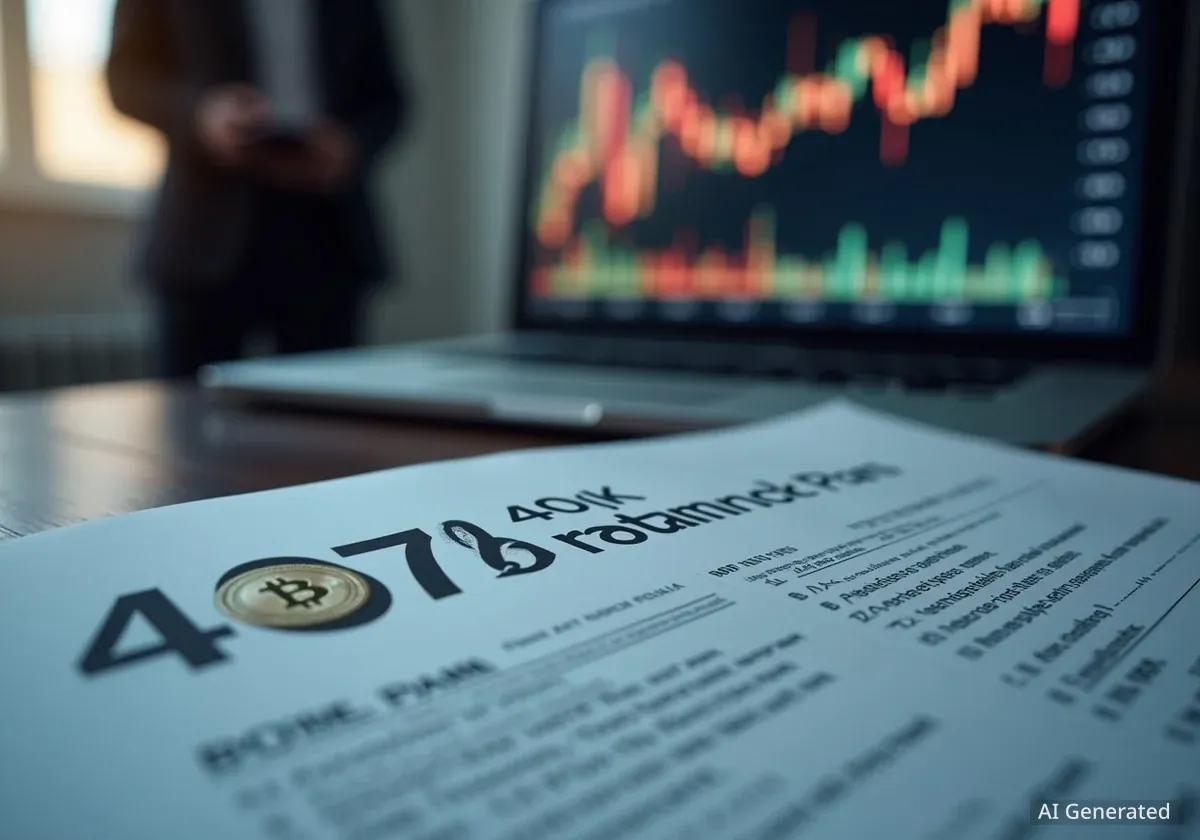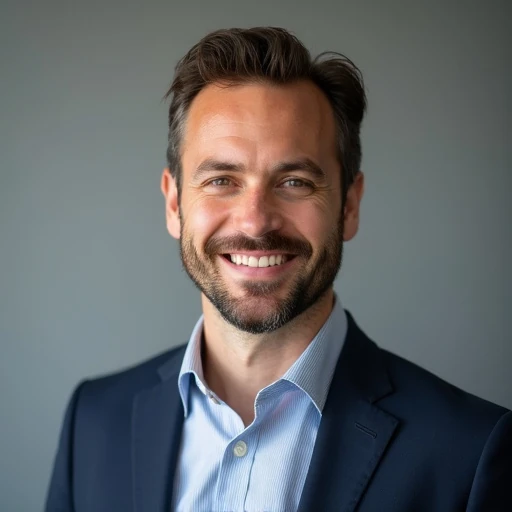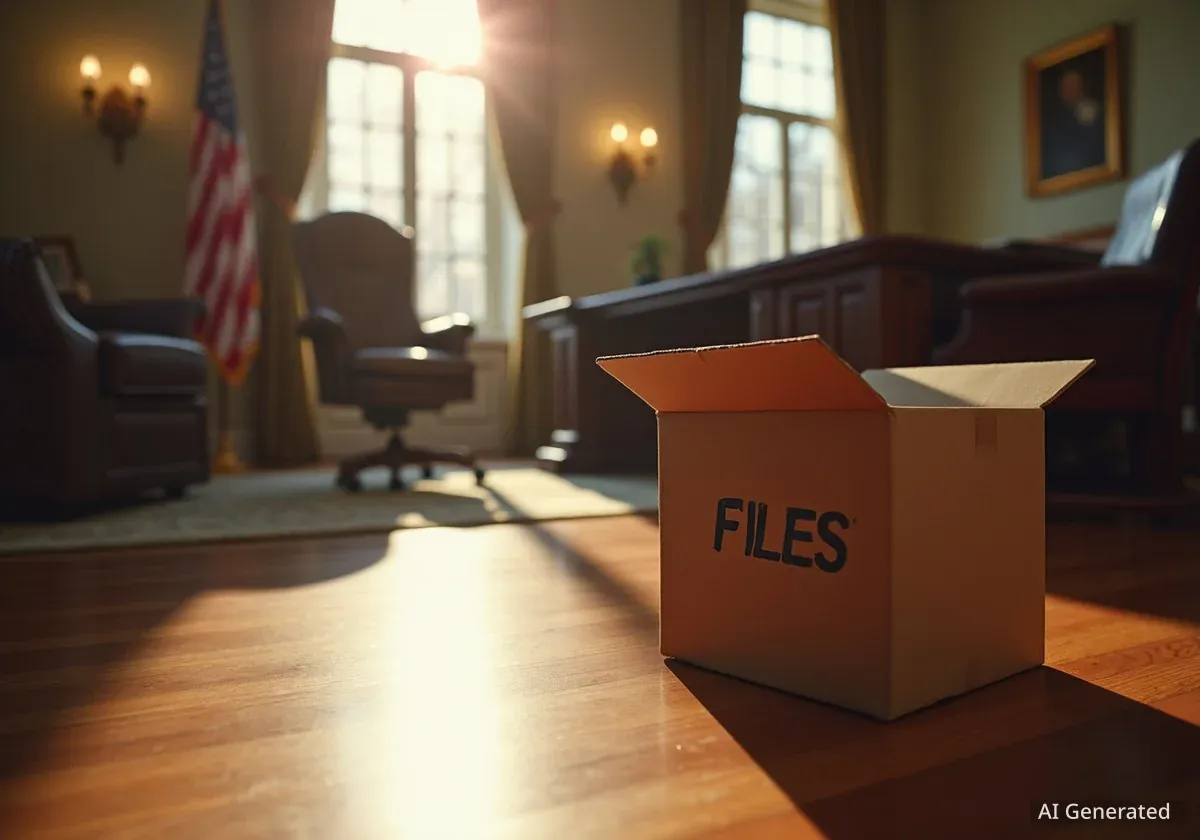Robert Kiyosaki, the author of the personal finance book “Rich Dad Poor Dad,” has voiced strong support for a new executive order that could significantly alter U.S. retirement savings. The order aims to broaden the types of investments available in 401(k) plans, including digital assets like Bitcoin.
The directive, signed by President Donald Trump in August, instructs federal agencies to explore ways to safely include alternative assets in retirement accounts. Kiyosaki views this development as a major step forward for investors seeking to diversify beyond traditional stocks and bonds.
Key Takeaways
- An executive order titled “Democratizing Access to Alternative Assets for 401(k) Investors” was signed in August.
- The order directs the Department of Labor and the SEC to expand 401(k) access to assets like private equity, real estate, and cryptocurrencies.
- Author Robert Kiyosaki praised the move, stating it allows for more sophisticated investment strategies within a tax-advantaged retirement framework.
- Kiyosaki believes this change increases the value and legitimacy of assets like Bitcoin, gold, and silver as long-term holdings.
Understanding the Executive Order
The executive order, officially named “Democratizing Access to Alternative Assets for 401(k) Investors,” represents a potential shift in retirement investment policy. It directs the Department of Labor and the U.S. Securities and Exchange Commission (SEC) to review and update regulations governing 401(k) plans.
The primary goal is to provide American workers with a wider range of investment choices. Historically, 401(k) plans have been dominated by mutual funds and exchange-traded funds (ETFs) that focus on public stocks and bonds.
What Are Alternative Assets?
Alternative assets are investments that fall outside of conventional categories like stocks, bonds, and cash. This broad category includes:
- Private Equity: Investments in private companies not listed on a public stock exchange.
- Real Estate: Direct ownership of property or shares in real estate investment trusts (REITs).
- Digital Assets: Cryptocurrencies such as Bitcoin and Ethereum.
- Precious Metals: Physical gold, silver, and platinum.
- Private Debt: Loans made directly to companies.
The order also seeks to reduce the legal risks for employers and financial advisors (known as plan fiduciaries) who might consider offering these non-traditional options. By clarifying the rules, the administration hopes to encourage broader adoption of diversified retirement portfolios.
Robert Kiyosaki's Perspective on the Change
Robert Kiyosaki has long been a critic of conventional investment vehicles. He reiterated this stance following the announcement of the executive order, expressing his disapproval of common retirement plan options.
“As some of you know, I do not invest in mutual funds or ETFs. To me, mutual funds and ETFs are for ‘losers.’”
Kiyosaki celebrated the new directive as a victory for investors who want more control over their financial future. He argued that it empowers individuals to build wealth using the same tools previously accessible primarily to institutional and high-net-worth investors.
On the social media platform X, he explained his view on the order’s impact. He stated that it “opens the door for ‘smarter,’ more ‘sophisticated investors’ to add alternative investments such as real estate, private equity and debt, crypto, and precious metals, under a 401k tax umbrella.”
A Warning for Novice Investors
While Kiyosaki supports giving investors more options, he also issued a strong caution. He emphasized that success with alternative assets requires a significant commitment to financial education and research.
He warned that these investments often carry different risks and complexities compared to traditional funds. “If you are not willing to ‘study’ and do your ‘homework,’ it is best mom and pop investors stick with ‘vanilla’ mutual funds and ETFs,” he advised.
401(k) Plans in the United States
According to the Investment Company Institute (ICI), as of the first quarter of 2024, Americans held an estimated $7.3 trillion in 401(k) plans. These defined-contribution plans are a primary retirement savings vehicle for millions of workers in the private sector.
Bitcoin's Growing Role in Retirement Portfolios
For Kiyosaki, the inclusion of digital assets is a particularly important aspect of the executive order. He has consistently advocated for Bitcoin, gold, and silver as essential hedges against inflation and the devaluation of fiat currencies like the U.S. dollar.
He believes that the global economic system is fragile and that traditional savings can be eroded by monetary policy decisions made by central banks. In his view, assets with a finite supply, such as Bitcoin, offer a more reliable store of value over the long term.
Kiyosaki concluded his remarks by connecting the policy change directly to his own investment strategy. “I am happy because Trump’s new XO treats investors like ‘adults’ and makes my gold, silver, and bitcoin more valuable,” he wrote.
Implications for the Future of Investing
This executive order signals a broader trend toward the mainstream acceptance of alternative investments. For years, financial regulators have been cautious about allowing volatile and less-regulated assets like cryptocurrency into retirement accounts, which are designed for long-term, stable growth.
The directive suggests a shift in thinking, acknowledging that a well-diversified portfolio may benefit from including asset classes that are not directly correlated with the stock market. Proponents argue that this can lead to better risk-adjusted returns over time.
However, the path to implementation is not yet clear. The Department of Labor and the SEC will need to develop specific guidelines for how these assets can be integrated into 401(k) plans. Key considerations will include investor protection, disclosure requirements, and valuation standards for illiquid assets.
The move could pave the way for a new generation of retirement products and services, further blurring the lines between traditional finance and the emerging digital asset economy. For investors, it underscores the growing importance of understanding a wide array of financial instruments to effectively plan for their future.





